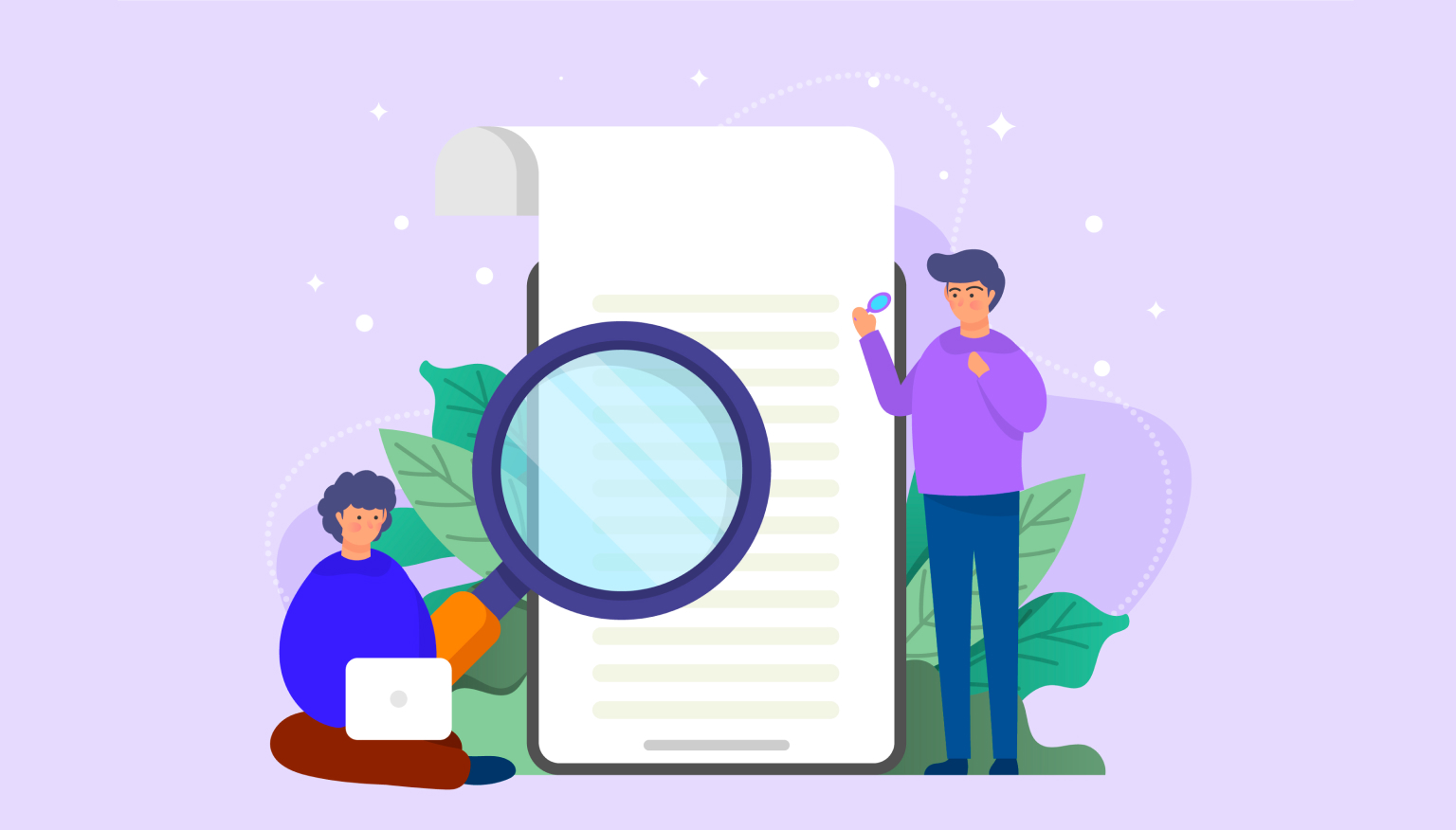What questions irritate site visitors?
A website may be liked by many people while another number of users will find it of poor quality.
The fact is that the perception of a website is something completely subjective. A website may be liked by many people while another number of users will find it of poor quality.
However, there are some elements that equally annoy site visitors. There are quite a few of them.
Below is a list that covers eleven of them. They are undoubtedly among those who annoy us the most.
What elements irritate site visitors? - 11 examples
1. The page takes too long to load
It has long been proven that our patience in the context of working with the Internet and modern technologies is at a lower level than before.
We expect everything to be bigger, faster, more accurate, smoother, etc.
So don't make your site visitors wait indefinitely for your site to fully load.
Do a speed test with the Pingdom Website Speed Test tool for example and make your website load as fast as possible.
2. Lack of visibility or distrust of contact details
To be persuasive, a company must inspire confidence.
This is definitely influenced by:
- providing multiple ways to contact the company
- indicating the business address
- displaying the company VAT ID, company registration number, etc.
- a clear presentation of the above information so that users don't have to look for it where they don't expect to find it.
Remember the above points. Our previous text on how to present contact information on the site will help you with this.
3. Failure to keep promises
This is undoubtedly one of the problems that annoys website visitors the most. Many companies (especially online stores) publish all sorts of information that does not withstand the moment of contact with reality.
If you promise, for example, to answer an email within 24 hours, then do it. Otherwise (quite rightly) recipients may feel cheated, which, unfortunately, will not benefit the perception of your brand.
4. Unfriendly Navigation
Websites serve their users first, ie. people, on the state of satisfaction of which depends the level of success of the site.
The more people love the site, the better. Of course, this is an elementary truth, but many site owners forget about it.
Unfortunately, we still face situations where individual preferences prevail over common sense and dictate to designers to implement something that only the owner likes, while other users consider this decision a shot in the arm.
5.The Artificiality of Stock Photos
Public stock images seem accessible to us, as they often "fit" activities.
Dental practice? No problem, there are thousands of pictures of doctors.
Smiling children? A group of businessmen in the middle of a meeting? Of course they are too.
The fact is that I used inverted commas in the first sentence for a reason. The fact that a picture seems appropriate to us in context may actually repel us.
Actor's faces, impeccable smiles, impeccable clothes, extremely elegant backgrounds - all this characterizes many stock photos. They are unnaturally perfect.
In his guide to what an ideal law firm website should look like, Bartholomew Kilian also touched on this topic. He offered to set aside a few days for his own professional photo shoot, which would give much better results than using photos that anyone can get for a small fee.
6. Broken Links
Another truth: if a site has a link, it is meant to take you somewhere else. Therefore, it must work.
There are many ways to check a site for so-called 404 errors:
- Online broken link checker;
- Screaming Frog SEO Spider (a tool for checking the basic SEO status of a site);
- Check for broken links (plugin for WordPress).
How you track the possible occurrence of such errors is up to you.
The main thing is to respond quickly to them and remove obsolete links or use appropriate redirects.
7. Non-intuitive forms
The task of the form is to collect a certain portion of data from the user.
The user plays a key role here. It is the user who fills out the form, so the owner of the respective site must do everything possible to make this process as convenient as possible.
- corresponding number of fields;
- distinguish between required and optional fields;
- if the form is very long, division into stages is possible;
- effective verification of entered information.
Among other things, you will find the tips above in the text, where this topic is discussed in much more detail: what does an effective website form look like?
8. Hidden costs
Imagine this situation… You are in a store. You toss various items into a shopping cart and then head to the checkout. The seller tells you the amount you have to pay. Something seems wrong, so you ask questions. It turned out that for a number of goods (for various reasons) you need to pay extra, and this information was visible in small print somewhere in the store.
I don't know anyone who would be pleasantly surprised by this turn of events.
Therefore, we have no room for maneuver, especially in e-commerce, where it is much easier for us to cancel online purchases.
All expenses (both basic and additional) must be clearly and transparently indicated. The earlier the better. The same applies to shipping costs - with this information, we can quickly estimate the total cost of the transaction.
9. Pop-ups
Pop-ups have been an effective annoyance to website visitors for many years.
Despite the fact that in 2017 it was reported that Google should have negatively assessed the presence of annoying pop-ups on sites, they still occur today.
True, in many cases the way they are presented has changed (they are no longer as intrusive as before), but they can still be annoying.
Therefore, the use of such windows should be a last resort. If you think you have more to gain than you lose, take action. Just don't forget to think about it beforehand.
10. Inappropriate design
We are becoming more and more sensitive to aesthetics. Websites are constantly evolving, fortunately in a good direction - they are getting prettier, more intuitive. We are grateful to you for this.
Therefore, the times of slovenliness are gradually becoming a thing of the past. We love to spend time where it's just beautiful.
Therefore, "polish" your site from this angle. Keep your company's web image consistent - it should be made up of specific colors and maybe even fonts and shapes.
11. Opening some links in the same window.
While shopping online for Christmas, I decided to create an account after checking the contents of my shopping cart. I began to fill out - rather long for such a case - a questionnaire. When accepting the terms and conditions, my cursor slipped and instead of accepting the checkbox, I clicked on the word "terms and conditions". The link took me to the above terms and conditions. It opened in the same tab. For me, the return meant that the form was reset and I had to start the process again.
My mistake? Yes. As well as many other potential users.
Therefore, online stores must be resistant to such situations, as they only annoy site visitors.
Three things didn't "play" here:
- the word 'regulations' was not emphasized in any way, it was the same color as the rest of the words in the sentence (so you wouldn't have guessed it was related) ;
- terms and conditions do not open in a new window;
- return to the previous page, cleared from the previously completed form.
There are a number of such "tastes" in online stores.
Why improve elements that annoy website visitors?
After all, as I mentioned in the text above, the success of a business depends on the degree of user satisfaction.
No one will regularly use a site that is just annoying.
Do you have any interesting tips on this topic that you can share with us?
If so, check out the comments section.
















